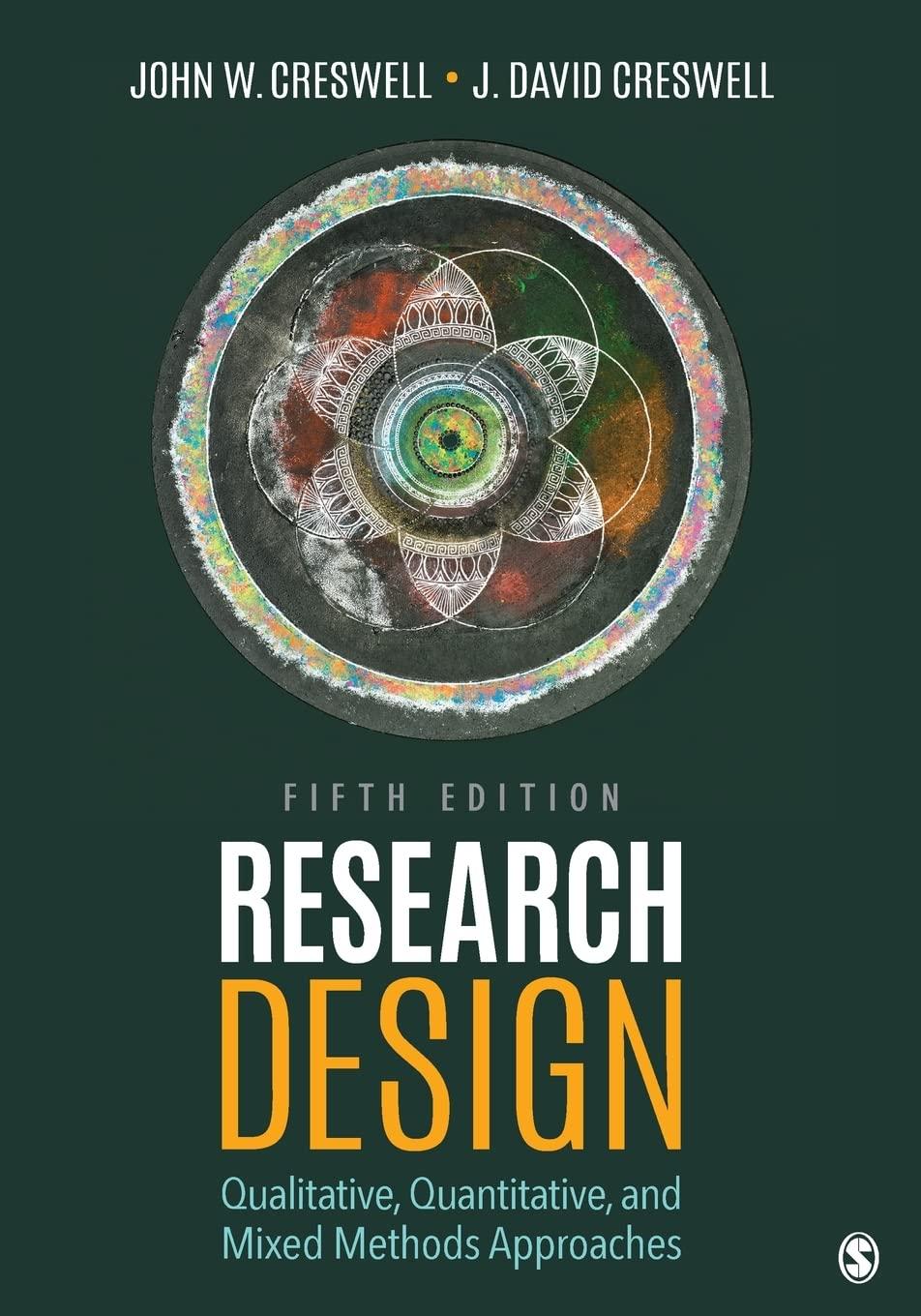Question
QUESTION 10 Answer Questions 10-14 based on the information in this input-output table. Greece Portugal ______________________________________________ Grapes 15 hrs/unit 8 hrs/unit Textiles *5 4 ______________________________________________
QUESTION 10
AnswerQuestions 10-14based on the information in this input-output table.
Greece Portugal
______________________________________________
Grapes15 hrs/unit 8 hrs/unit
Textiles*5 4
______________________________________________
Question 10
Specify the direction of absolute advantage between Greece and Portugal.
- Greece has an absolute advantage in grapes
- Greece has an absolute advantage in textiles.
- Portugal has the absolute advantage in both grapes and textiles.
- Greece has absolute advantage in both grapes and textiles.
QUESTION 11
Which country has the comparative advantage in Grapes?
- Greece
- Portugal.
- Both Greece and Portugal.
- No country has a comparative advantage in Grapes.
QUESTION 12
Once trade begins, apossibleinternational terms of tradeITOTGforgrapesin
terms of textiles is
- 5
- 4
- 4/5
- 7/3
QUESTION 13
Therelative wage rateof Portugal (Port) to Greece (Gree) is in the range of: (Hint: WPort/E*WGreebased on relative efficiencies). You may ignore the exchange rateE.
- 8/15 < WPort/E*WGree< 4/5
- 1.25 < WPort/E*WGree< 1.88
- 2 < WPort/E*WGree< 3
- 4/8 < WPort/E*WGree< 8/5
QUESTION 14
IfGreecehas a labor force of 90,000 hours of labor, thenafter trade beginsit will produce based on your answers above: (Hint: where is Greece's comparative advantage? Is complete specialization possible?)
- 5,000 units of grapes
- 5,000 units of grapes and 16,000 of textiles.
- 18,000 units of textiles
- None of the above.
QUESTION 15
In the classical model, suppose the pre-trade relative price for CountryYis 1 and for CountryZis 3. If theITOTis 2.95 then
- CountryYgains more from free trade.
- CountryZgains more from free trade
- Both countries gain equally.
- Neither country gains from free trade.
QUESTION 16
Suppose the autarky relative price forgrapes(G) in terms of honey (H) is (PG/PH) = 6 for country A and 9 for country B.
- Country A has a comparative advantage in honey and a comparative disadvantage in grapes.
- Both countries have a comparative advantage in honey and grapes.
- Country B has a comparative advantage in honey and a comparative disadvantage in grapes.
- Neither country has a comparative advantage in honey.
QUESTION 17
Suppose Country A's autarky (PS/PT)Ais 2, while country B's autarky(PS/PT)Bis 3.
- Country A is an importing country of S.
- Country B is an importing country of S.
- Country A is an exporting country of S.
- (b) and (c).
QUESTION 18
In the case of an economy withconstantopportunity cost (i.e., PPF is a straight line), then
- The demand or consumers determine the equilibrium relative price.
- The demand or consumers determine the equilibrium combination of
- outputs.
- The producers determine the equilibrium relative price.
- Both (b) and (c).
QUESTION 19
The Dutch disease where the booming natural resource sector gains at the expense of the declining manufacturing sector is an application of:
- The H-O theorem
- The Rybcnski theorem
- The Samuelson-Stolper theorem
- Factor price equalization theorem
QUESTION 20
The HO model rules out the classical model's basis for trade by assuming that ___________ is or are identical between countries:
- Technology
- Factor endowment
- Factor intensities
- Opportunity costs
Step by Step Solution
There are 3 Steps involved in it
Step: 1

Get Instant Access to Expert-Tailored Solutions
See step-by-step solutions with expert insights and AI powered tools for academic success
Step: 2

Step: 3

Ace Your Homework with AI
Get the answers you need in no time with our AI-driven, step-by-step assistance
Get Started


